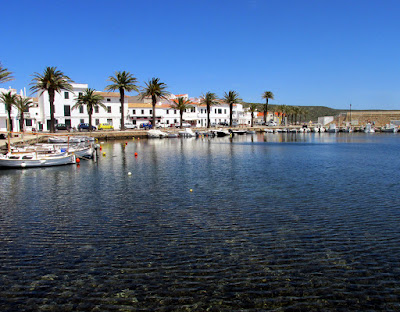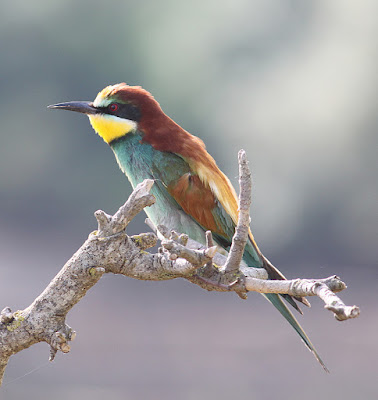Keen to see what I had missed while on holiday in sunny Menorca, I spent most of the morning up Cockerham way. It was good to get out and do some local birding again, even in the grey May skies.
At Wrampool and where I expected to see the Lapwing pair of three weeks ago, there’s a pair of nesting Oystercatchers instead. The female sat tight on the eggs while the male patrolled silently nearby, both trying to be inconspicuous. For such an obvious nest it will be interesting to see how well the birds do.
Oystercatcher
Oystercatcher
Conder Green was quiet although it was good to see 2 Common Terns back on site. It must have been the male I saw at Glasson Dock soon after. It caught a tiny fish and flew immediately back towards Conder Green a quarter of a mile away where it would present it to the female. This is exactly the initial feeding pattern for last year which might suggest the male at least is one and the same bird.
Common Tern at Glasson Dock
On the pool and in the creeks I found 1 Black-tailed Godwit, 12 Oystercatcher, 12 Redshank, 14 Shelduck, 6 Tufted Duck 25 Mute Swan, 3 Little Egret and 1 Grey Heron.
The stretch between Conder and Glasson Dock found a good number of birds in song - 2 Reed Bunting, 2 Sedge Warbler, 3 Whitethroat, 2 Blackcap, 2 Willow Warbler and 2 Chiffchaff.
Whitethroat
I saw handfuls only of Swifts, Swallows and House Martins on a cool morning with not many insects on the wing. The five or six House Martins were busily collecting mud from the roadside and flying up to this year’s preferred building. I noted that the wretched human occupants of the House Martin’s often used gable end of the café have installed strips of plastic under the eaves to keep the martins out.
House Martin territory
House Martin
What a joy it would be to have House Martins around my own house each year. No such luck with a bungalow. A neighbour has 6/8 pairs each year under the eaves of a large house and doesn’t mind sweeping the path when the martins are in residence.
A circuit of Jeremy Lane and Moss Lane proved very rewarding. In a stubble field were 18+ Stock Doves, 30+ Wood Pigeon and several Lapwings, some of them with largish youngsters. Brown Hares were conspicuous if rather distant with a combined count of 15+ scattered across several fields.
Brown Hares
The ditches, fences and hedgerows gave counts of 6 Sedge Warbler, 5 Whitethroat, 5 Reed Bunting and 8+ Skylark, the male Sedge Warblers in particular giving some virtuoso performances and showing themselves to good effect.
Sedge Warbler
Sedge Warbler
There was a Barn Owl in the distance. I watched from the car as it sailed along the ditch coming ever closer, stopping occasionally to take a closer look below. The last shot is taken through the car windscreen, hence the fuzziness. I must learn to clean the windscreen!
Barn Owl
Barn Owl
Barn Owl
Oh well, as a birder you can’t win them all. But as a morning goes, it was pretty damn good.
I’ll post new pictures from Menorca soon. Don’t miss them, so remember to look in to Another Bird Blog.
Linking today to Anni's Birding and Run A Round Ranch.
Linking today to Anni's Birding and Run A Round Ranch.











































































.jpg)












